This work is based on the development of numerical tools for the computational analysis of engineering structures that involve adhesion problems, that is interface and interphase problems...
محصولات مرتبط
This work is based on the development of numerical tools for the computational analysis of engineering structures that involve adhesion problems, that is interface and interphase problems. The proposed numerical tools are implemented within the framework of non-linear Finite Element Methods (FEM) and are developed so as to be utilized by design engineers and researchers for the design and analysis of adhesively bonded joints and composite structures. Initially, a Progressive Failure Model (PFM) is developed and applied to predict the behaviour of an experimentally tested blade-stiffened panel found in the literature. The developed PFM has been implemented in non-linear finite element analysis procedures under the framework of the commercial software Ansys. Failure initiation and failure propagation as well as the post buckling ultimate attained load have been numerically evaluated. Final failure behaviour of the simulated stiffened panel is due to sudden global failure, as concluded from comparisons between numerical and experimental results being in good agreement.
In the following, particular focus has been given initially in the study of the failure mechanisms that evolve during the pure mode delamination propagation in fiber reinforced composite materials (interface problems) and later in the study of the mixed-mode loading and fracture of adhesively bonded joints (interphase problems). The proposed numerical tools involve novel constitutive relations that describe the aforementioned phenomena and are based on fracture and damage mechanics, in accordance to Cohesive Zone Modeling (CZM) techniques. Initially, a continuum damage constitutive model is presented for the prediction of the inplane failure modes of laminated composite materials. In the following, new cohesive laws are developed for the prediction of delamination initiation and propagation under Mode I and Mode II loading and fracture in fibrous laminated composite materials. Having provided numerical predictions of the failure response of composite materials, the next research activity is focused on providing constitutive relations for the predictions of structural adhesively bonded joints. The proposed constitutive relations, are validated with tests conducted on steel-to-steel and steel-tocomposite adhesive joint geometries that involve flat adherents. Next, a numerical parametric study, that involves axisymmetric adhesive joints (tubular cases), has been conducted, showing the potential of the proposed numerical tool. In conclusion, the present PhD thesis provides separate numerical tools that can be combined for the prediction of the failure response of structures that involve composite materials and adhesive joints.
پروژه تحلیل و طراحی اتصالات چسبی بین کامپوزیت ها و فلزات (Analysis and Design of Adhesively Bonded Joints between Composites and Metals) مشتمل بر 9 فصل، 278 صفحه، به زبان انگلیسی، تایپ شده، به همراه تصاویر، با فرمت pdf به ترتیب زیر گردآوری شده است:
Chapter 1: Structural adhesive bonding
- Introduction
- Adhesive material systems
- Fabrication of adhesive joints
- Loading and fracture in bonded structures
- Adhesive joint geometries
- Advances in adhesive bonding technology
Chapter 2: Analysis of Adhesive Joints
- Introduction
- Analytical and semi-empirical solutions
- Numerical solutions
- Objectives and layout of PhD thesis
Chapter 3: Progressive failure analysis of composite materials
- Introduction
- Progressive failure model methodology
- Failure analysis of a stiffened panel
- Conclusions
Chapter 4: Experimental and numerical investigation of pure Mode I and II delamination growth
- Description of the problem
- Materials, geometry and test parameters
- Data reduction schemes - Overview
- J-integral approach
- Experimental results
- Fracture Process Zone (FPZ) characterization
- Numerical modeling of the experiments
- Numerical results
- Conclusions
Chapter 5: Development of a novel constitutive model for ductile adhesive joints
- Introduction
- Proposed pure mode EPZ laws
- Proposed 2D mixed-mode EPZ model
- Proposed 3D mixed-mode EPZ model
- Conclusions
Chapter 6: Experimental and numerical investigation of metal-to-metal adhesive joints
- Description of work
- Single Lap and Double Strap adhesive joints
- Development of a Single Lap Joint subjected to Eccentric Loading
- Conclusions
Chapter 7: Experimental and numerical investigation of composite-to-metal adhesive joints
- Description of work
- Single Lap Joints
- DCB-UBM tests
- Conclusions
Chapter 8: Numerical parametric analysis of tubular adhesive joints
- Introduction
- Details of the parametric study
- Numerical Modeling
- Numerical results
- Conclusions
Chapter 9: Conclusions and scientific novelties

جهت خرید پروژه Analysis and Design of Adhesively Bonded Joints between Composites and Metals به مبلغ فقط 20000 تومان و دانلود آن بر لینک افزودن به سبد خرید در پنجره بالا کلیک نمایید.
!!لطفا قبل از خرید از فرشگاه اینترنتی برتر فایل قیمت محصولات ما را با سایر محصولات مشابه و فروشگاه ها مقایسه نمایید!!


 فقط پیامک (09010609492)
فقط پیامک (09010609492)

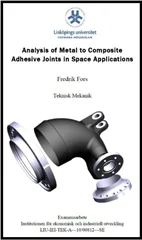

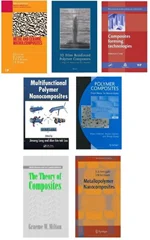

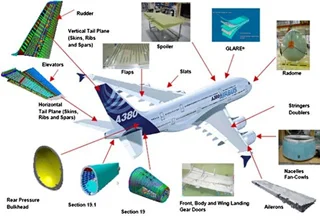
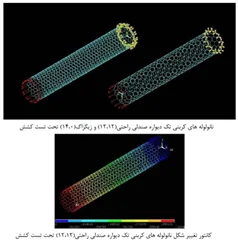
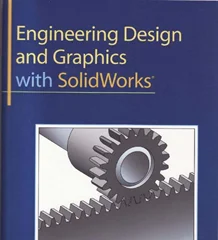

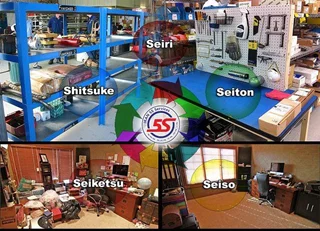
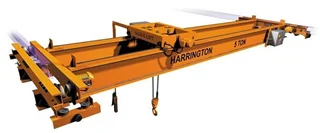



دیدگاه خود را بنویسید